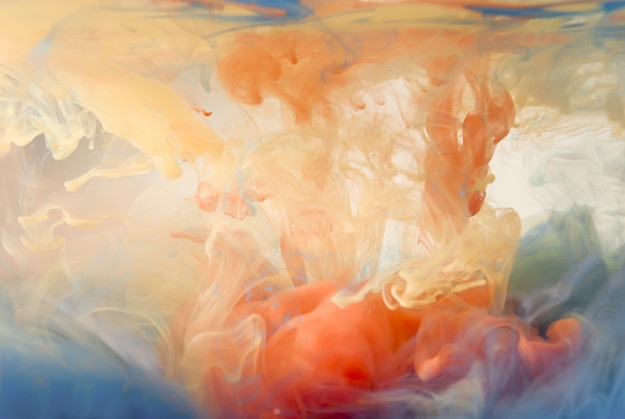There area unit a number of basic rules of composition that you just ought to bear in mind of and practice: The Rule of Thirds Simply put, divide the view-finder into thirds, vertically and horizontally. The four intersecting points are wherever you wish to put material of interest. The “S” Curve Will assist you lead the viewer’s eye toward objects you would like to emphasize; additionally, a lovely pattern. Symmetry The exact correspondence of kind on the opposites sides of a differentiation. Our eye demands symmetry. SYMMETRY IS IMPORTANT! Our eyes are exposed to symmetry or near-symmetry since the day we tend to were born and our mind currently demands it … is conditioned to that. So, it's an element that can't be neglected. If you're bestowed with a scene that has symmetry you must not ignore it. You must do your best to compose that photograph exactly so you emphasize and balance the scene. If you are doing ignore the apparent symmetry, you may produce associate degree un-balanced image that's uncomfortable to the human eye. So rules listed above, “rule of thirds”, “S” curve, and symmetry, are necessary, however they're not set in stone. Rummage around for ways in which to use the foundations …………. Rule of thirds, for instance….Here, all four points have a component of interest. A variation of that “S” curve … and, breaking off from symmetry to feature barely of spatial property … drama …. Once you've got practiced and worked with these rules …. Learn the way to interrupt them successfully!!!! While composing, here square measure some things I’m continuously thinking about:
- Color
- Understanding color may be a life-long venture. From my current philosophy, permitting 2 complimentary colors vital property in your photograph creates a whole part (yin-yang if you will). This completion and balance undoubtedly attracts attention from the viewers' eye. Does one need a viewer to pay time staring at that complimentary emphasis? On the contrary, we are able to produce a movement among the image victimization color which will promote quick pace viewing and pleased attention.
- Let's produce an example to think about the on top of choices. You’re photographing an apple on the road with not-so-far-away background buildings in perspective. You wish the image to be concerning the apple, not town. You look each ways that down the street- every providing completely different color background components. Trying north, there's a red door beneath an oversized bright sky blue sign. South, you see another red door; however an oversized check in the wall next thereto is inexperienced. You wish the shot to be concerning the apple, not cities, stores, or searching
- Sky less
- Public convenience Left Standing, Women's Right Standing
- decision Pine Tree State neurotic, however having additional rules makes my expertise of composing pictures lots additional gratifying
- This rule of composition has been running in my method for several years, longer than most others. I’m undecided if individuals perceive this rule when telling them. It appears extremely easy to Pine Tree State. If a person is walking, take an endeavor of his left aspect. If a girl is standing, take an endeavor together with her right aspect in it. The difficult half is that this rule is reversed once people square measure sitting. It’s reversed once more once they square measure within the prone position. i will be happy if you simply bear in mind the primary 2 elements of this rule
- Standing Man - His Left aspect standing
- Standing girl - Her Right aspect
- Seated girl - Her Left Profile or ¾
- what's the reason? For lack of higher rationalization, victimization these rules of thumb produce a consistency on behalf of me. There’s nothing wrong with aiming sure enough objective components. it might be not possible to be correct 100 percent of the time anyway!
- ¾ Portrait
- Tone
- Texture


